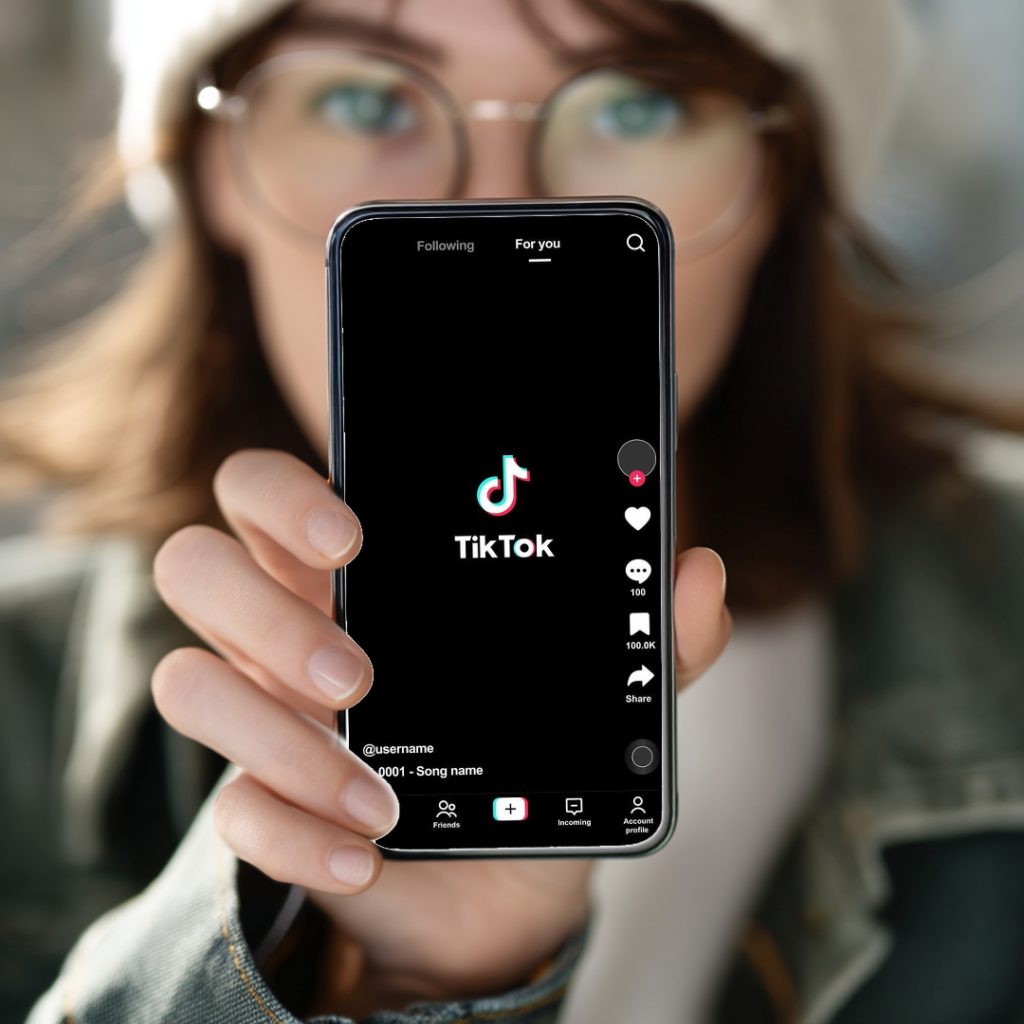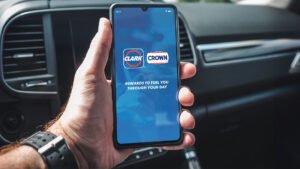
Marketing, Creative, and CX director
Designing for Real Human Behavior
Hi, I’m Amber, a marketing, creative, and customer experience director with deep roots in UX and a behavioral-science mindset. I build strategies, brands, and digital experiences that meet people where they are—then move them to action.
Featured Articles & Tips
Expertise Across Strategy, Creative, and Execution
Strategy isn’t just big-picture thinking—it’s hands-on, human-centered work across touchpoints. I lead and execute at the intersection of:
Marketing Strategy & Execution
Creative Direction & Branding
Web Design & Development
Advertising & Media Strategy
Data &
Consumer Insights
I write about the psychology behind trust, design, marketing, and what makes brands resonate. Sometimes I write about recovery and reinvention, too.
The Problem With Most Digital Branding When everything moves online, many brands default to looking clean, efficient, and safe. They prioritize templates over tone, and automation over connection. But while consistency matters, polish alone doesn’t build trust. People don’t want to interact with brands that feel distant or overly produced....
A little over a year ago, I was coming up the stairs from my basement when I had to stop halfway. I remember sitting down, winded and disoriented, wondering why something so simple felt suddenly impossible. At the time, I didn’t know that a tumor was growing in my nasal...

Behavior-Driven Marketing That Connects
Everything I build—every campaign, every strategy, every message—starts with a single goal: real connection. When marketing aligns with how people naturally think, feel, and behave, it stops feeling like a pitch and starts feeling like a conversation.
I use behavioral science not as a gimmick, but as a guide—to create work that feels intuitive, thoughtful, and human. It’s not just about reach. It’s about resonance.
Because the best marketing doesn’t just get noticed. It builds trust. It creates movement. And it sticks.




















